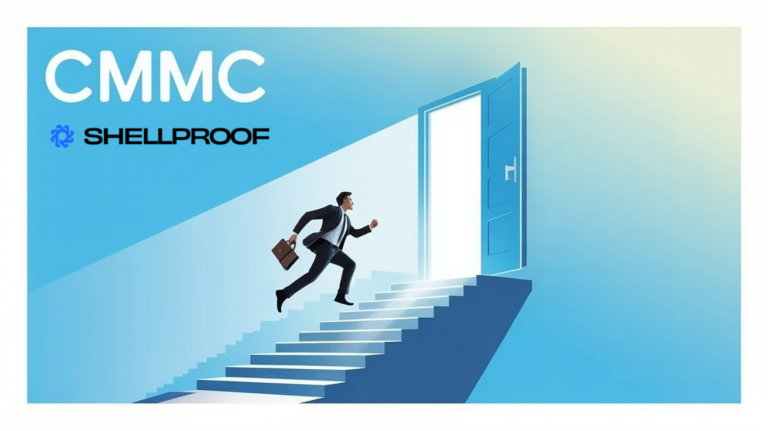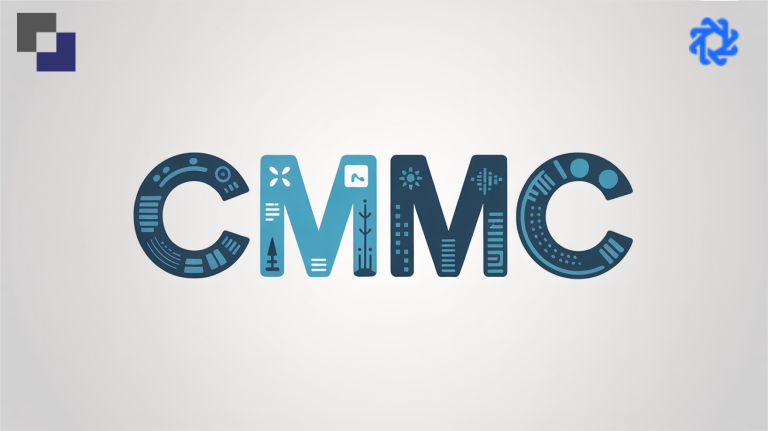MSP Best Practices for Extending Offers & Onboarding MSP Talent
Job Offers:
- Extend your offer in person or over video. You want to read that person. Plus, you want to go over the offer so nothing gets lost in translation.
- Extend formal job offers. Don’t treat this as a perfunctory step and assume all their questions are answered and they’re ready to accept. A lot of the most important questions posed by candidates come up during the offer stage. Be sure you’re asking them how they genuinely feel about joining your company. Also, ask how your offer stacks up against other offers they might be considering. Now is the time to have the “heart-to-heart.”
- Do NOT send a one-page offer letter over email with nowhere for them to sign, then get surprised when they don’t accept or don’t show up on the first day. Too many MSPs throw together lackluster job offers because they assume it’s not very important—but it is. It’s a reflection of how much value your company places on transparent and thorough communication with its employees. If you don’t have a good offer letter to send candidates, download a template online—there are tons out there—then edit the document so it makes sense for your company.
- People need to know how they make money. Include a hyper-detailed and explicit outline of how the compensation works: when they get paid each month, how bonuses and overtime work, when they can expect performance reviews and potential salary increases, etc.
- If your starting salary isn’t very high or competitive, or you feel it might deter them from accepting, outline ALL the earning potential they will have during their first 12 months IN the offer letter. For example, state that they will be eligible for pay increases at their 6-month and 1-year anniversaries (and yes, you should even specify how much). This way, potential employees can see their compensation increasing over time—it’s a powerful retention tactic.
- Include your list of benefits—ALL OF THEM, even small perks like the company keeping a stocked refrigerator for employees or offering flexible PTO schedules.
- It’s a small detail, but remember to include your logo in the top left corner.
Onboarding:
- Expectations. It’s crucial to set clear expectations about how the onboarding process will go so they can visualize all the steps leading up to their first day. This helps make the opportunity you’re offering feel more tangible, which prevents last-minute counteroffers from pulling them away. It also makes them feel like they’re in good hands by illustrating each step of onboarding:
“Once you accept, we’ll send you your employment paperwork (state and federal) within 24 hours, including applications to enroll in our benefits. I’ll include our HR Manager’s direct number in case you have any questions. Also, to help you feel prepared, here’s how your first two weeks of employment will go, how we support and train our newest hires, and how we’ll be evaluating your ramp-up.”
- Training. Before holding new hires accountable for their job responsibilities, point the finger at yourself. If they are unsuccessful in their first 3-6 months, there’s a good chance it’s because you didn’t take enough accountability for helping them learn HOW to do the job successfully. Training is hard—it’s very hard. Take it seriously, make it methodical and systematic, and continually improve upon the processes.
- There’s no silver bullet to training, but here’s the formula used by MSPs doing it right:
- Classroom Training: Introduce them to the different teams, divisions, and processes in the company so they get the big picture of how they fit in. Walk them through the hierarchy and the specific functions they will be carrying out. Train them on your PSA and RMM systems, give them a customer service “dos and don’ts” list, etc.
- Role Play: Get them comfortable using the words you want them to use. Make them memorize EVERY WORD. Tell them, “You are required to memorize this content because we know it works to keep clients happy. Once you’re in the seat doing it exactly as you’ve been trained AND doing it successfully, then you can deliver the content in your own words. Heck, your own words might even be better than ours—but for now, we know this works and we need you to use it.”
- Shadowing: Have new hires observe technicians closing tickets and engaging with customers. They’ll learn by osmosis. After each observed interaction or closed ticket, discuss it and ask them, “Why do you think I did that?”
- You shadow them: Ease them in and make them feel supported. Have someone sit next to them to observe their work and provide feedback. Don’t expect new hires to execute A-Z on their own and get it right on day 1—or even day 30. Successful onboarding and training are critical and should be executed systematically so you have something tangible to evolve over time. You can’t improve something if you’re always winging it.




